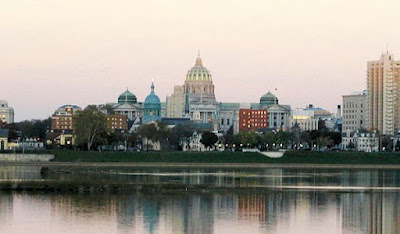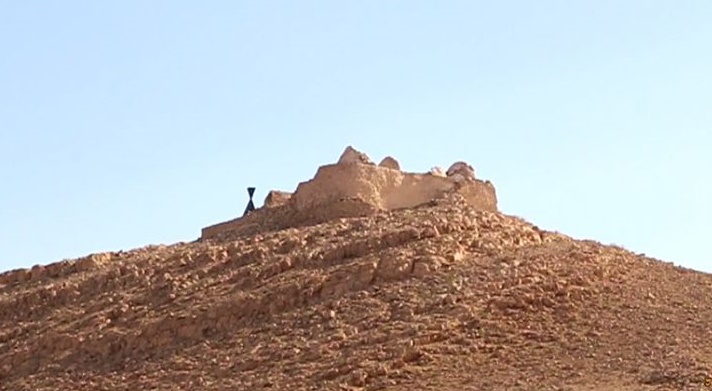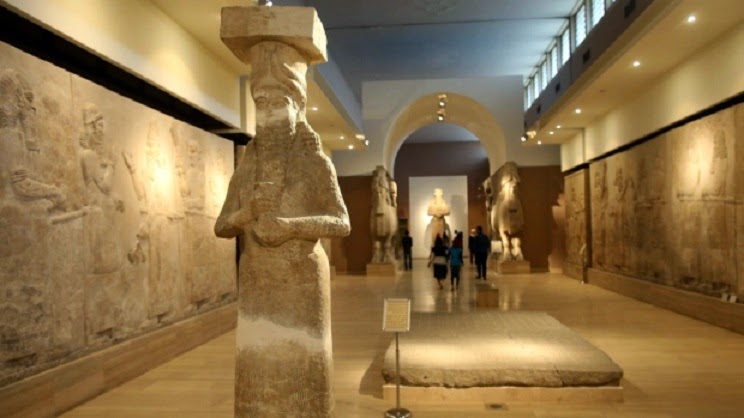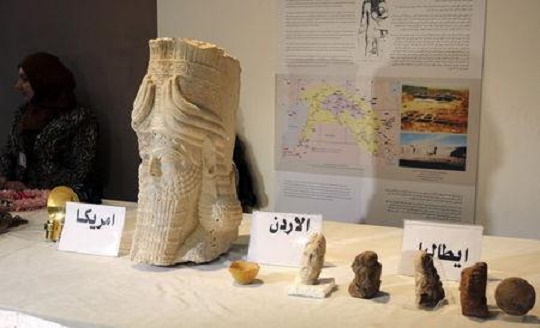Sew La Ti Embroidery:
release
Top 5 Recovering Real Estate Markets in the U.S.

SpaceShipTwo For the Space Travels
Iraq: Iraq celebrates return of antiquities
Near East: ISIS smashes priceless Palmyra artefacts

East Asia: How to save the disappearing Great Wall of China?

Near East: Islamic State blows up two mausoleums in Palmyra

UK: UK marks 800th anniversary of Magna Carta

Travel: Key Artifacts from ISIS-endangered Palmyra, Syria on view at the Freer and Sackler Galleries

Near East: ISIS spares Palmyra’s stunning ruins - for now

Iraq: Iraq says ISIS demolishes ruins to cover up looting

Iraq: Digitising Iraq’s cultural heritage


